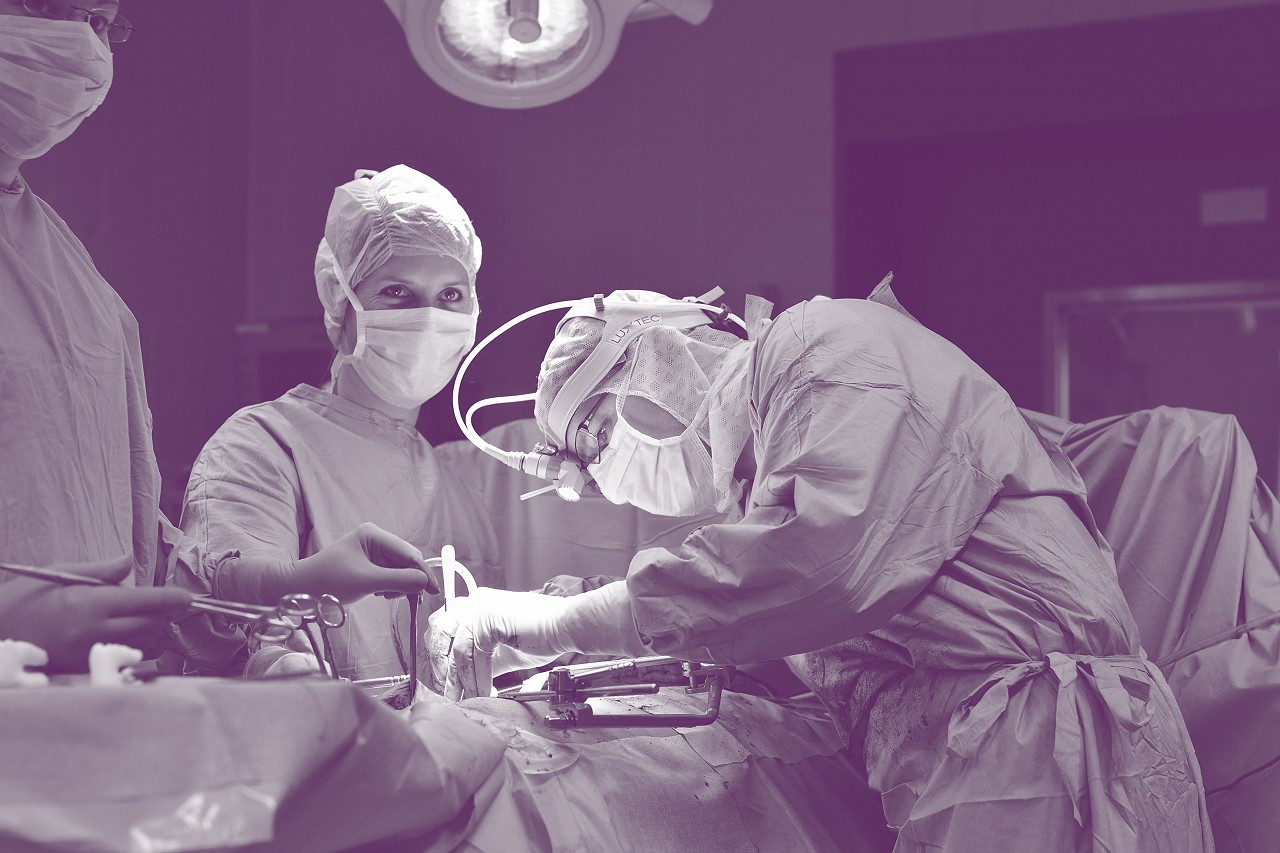
Reducing Risks Associated with Cholecystectomies
A cholecystectomy is a relatively common surgery to remove the gallbladder often as a treatment for symptomatic gallstones. Left untreated, these gallstones can block the flow of bile and can cause problems such as acute cholecystitis or acute pancreatitis. Like with any operation, a cholecystectomy does have risks, in particular, sepsis.
Case Study 1
The patient underwent an elective laparoscopic cholecystectomy following the identification of multiple gallstones with no active biliary tree dilation. Following surgery, the patient was discharged as they appeared to have been recovering well.
The patient reattended days later, reporting abdominal pain and fluid in the bases of her lungs. A working diagnosis of atelectasis was focused on.
Following emergency transfer to another hospital, a CT scan and laparoscopy revealed that the patient had suffered a recognised complication of the surgery whereby a loose clip had led to a bile leak, subsequently causing sepsis which was responsible for the deterioration. The patient required intensive care and a prolonged recovery due to this delay.
Case Study 2
The patient suffered a recognised complication of a bile leakage as a result of a laparoscopic cholecystectomy, which unfortunately was not identified until 72 hours after the operation, which led to an acute deterioration of the patient with a secondary haemorrhage due to the undrained biliary peritonitis. The patient had complex abdominal sepsis and had required in-patient and outpatient therapy for a prolonged period of time.
Case Study 3
The patient had undergone an elective laparoscopic cholecystectomy which was complicated by intra-operative bleeding. In the post-operative period, the patient had raised white cell count and c-reactive protein markers with antibiotics commencing 48 hours following this.
The patient was transferred to another hospital where an emergency laparotomy took place and the patient remained in intensive care.
Recommendations to Improve Patient Safety
Despite cholecystectomies being relatively common procedures, this does not lessen the risks that accompany them, in particular the development of sepsis secondary to a bile leak.
-
When investigating unusual abdominal symptoms, clinicians should always be mindful of the whole clinical picture to avoid any confirmation bias relating to a possible incorrect differential diagnosis.
-
Any increase in NEWS scored and inflammatory markers should merit further investigation, including a CT scan.
-
Ensure that sepsis is considered if there is a single NEWS score of 3 in a single parameter or a total more than 5.
-
Ensure that all ward staff have performed up to date sepsis training.
- Ensure that medical staff perform a delirium screen when there are clear signals to do so.